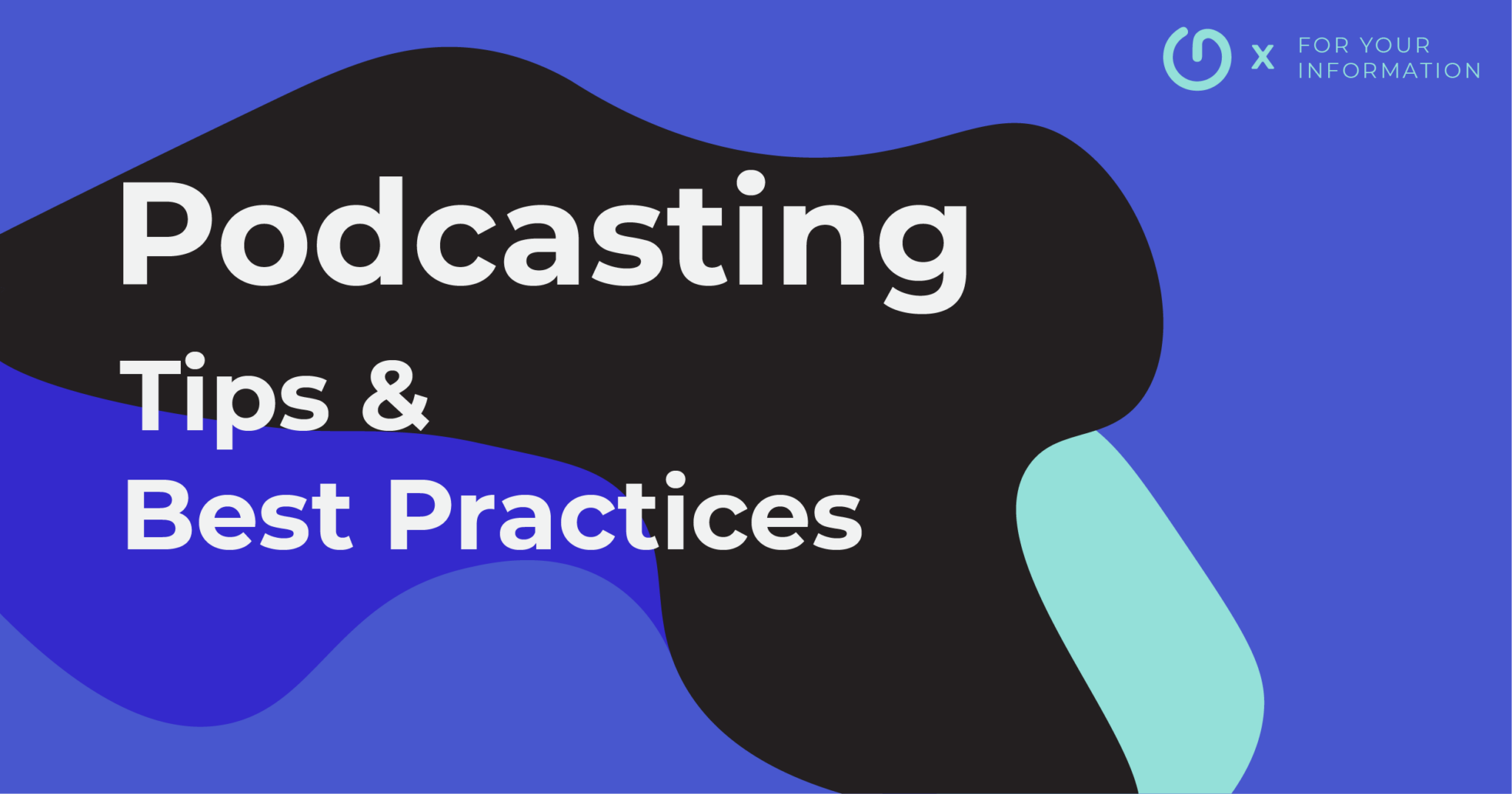
1. Recap & Take Aways
At the end of the episode provide a brief recap or summary of what you talked about, then provide the listener with key deliverables or takeaways.
2. Tell your fans where to learn more
Not everything you wish to talk about can be said in 30 minutes, so it’s important to address the questions your listeners still might have about the topic or issue you covered. Providing ways to explore further and learn more will bump your podcast to the next level . For each episode, think about relevant resources you can direct listeners to later. Examples include relevant articles, YouTube videos, or books that dive deeper into the topic. Make it as easy as possible for listeners to access these resources. Rather than saying “visit GDG’s website”, say “visit GDG’s website and under ‘Latest News’ you’ll find our blog post about podcasting” Make sure to provide these notes in the episode description (also known as show notes).
3. Tell Lots of Stories
Stories are a powerful tool to connect with your audience. According to Castos, “They create neurological responses in our brains that help us focus and empathize with the storyteller. Researchers at Stanford learned that people are also able to remember stories better than other kinds of information.”
4. Series
Try splitting up content in series. You can host a 5-part series on a specific topic like mental health or you could do a month-long series that addresses a certain disease for example: September is Childhood Cancer awareness month. Another idea is hosting a Q&A episode once a quarter or once every month. This will allow you to hear from your audience and provide feedback. You could experiment with the idea of doing a mini-series alongside your regular episodes – 10-15min quick episodes where you can share short stories from that week’s work responsibilities, news in the healthcare world, etc. Almost like a relevant and timely news update.
5. Social Listening
It is important to hear feedback from your audience and understand what they think. I would reach out to a few known listeners you have and ask them what their thoughts and opinions are about the show. This can help you gauge if the length of your show should be adjusted, what content was enjoyed the most etc. Ask good questions to get valuable feedback!
6. Reviews & Subscribers
Somewhere in the intro or outro of each episode encourage listeners to subscribe to the show to get updates every Thursday when a new episode releases. Another important thing to remember is that the majority of people wont think about leaving a review unless someone asks them. It is not bothersome, most people just need the ask to give them that extra push. You can ask people directly, via enewsletter, or in the episode itself.
7. Post transcriptions of your episodes
This allows those who are hearing impaired to enjoy the show, and including episode transcriptions on your website provides SEO value. Your podcast will be more discoverable by people searching for related content. Search engines, like Google, will be able to “crawl” this content which means your podcast is more likely to show up in search results and in turn scale your audience.
